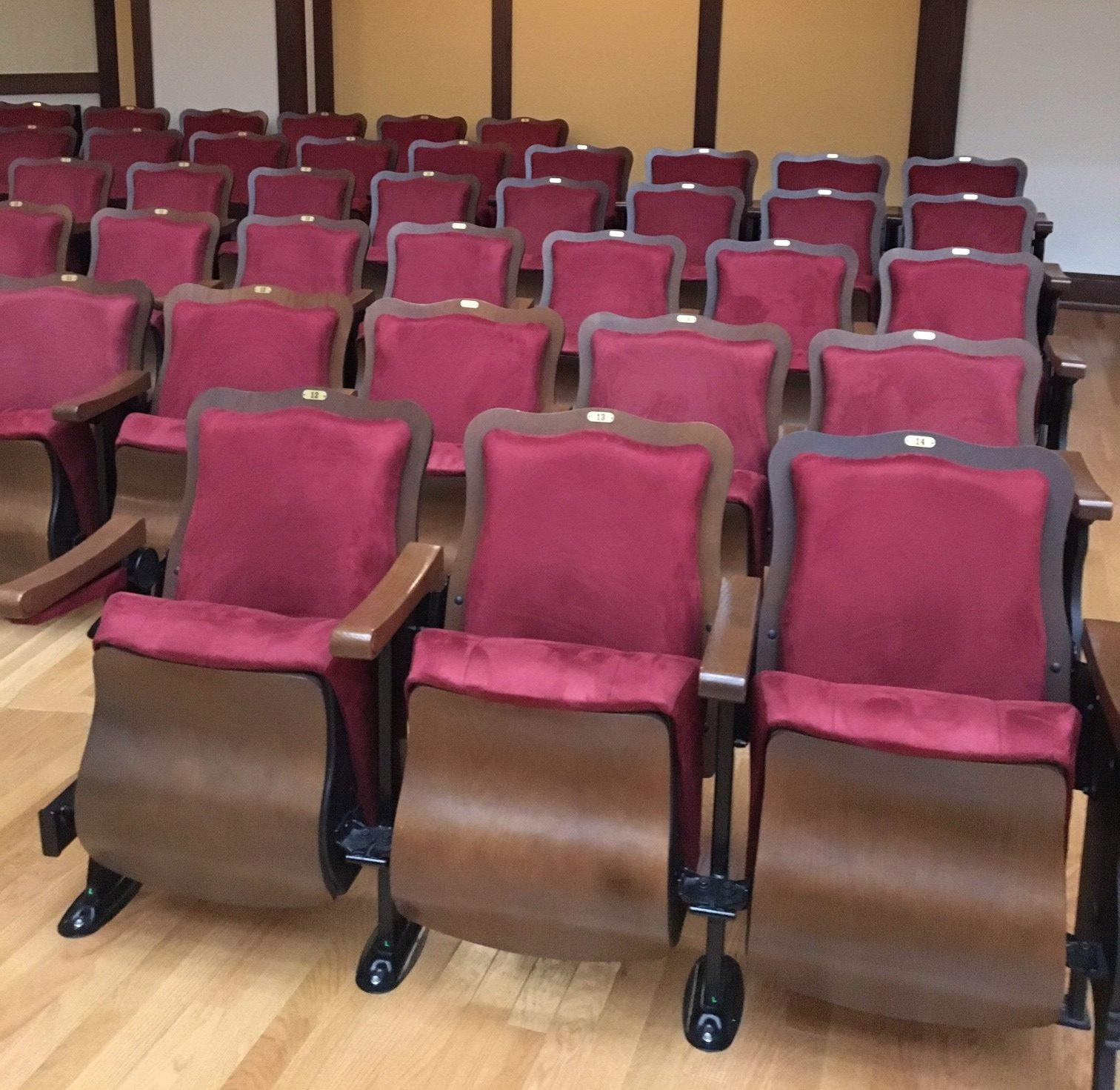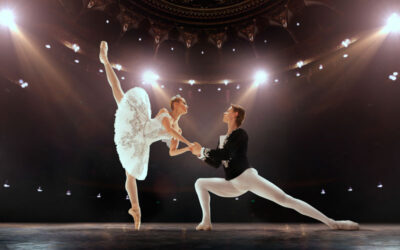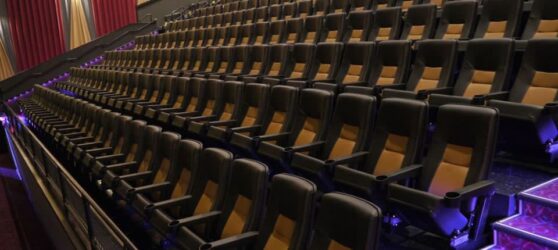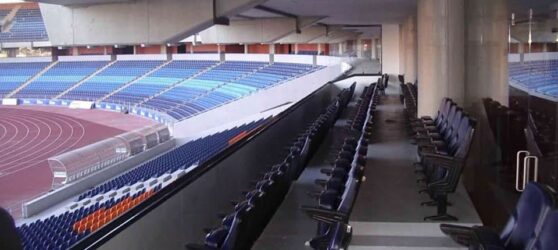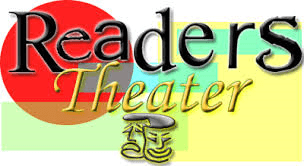
An alternative response to the endless special effects that dominate many of today’s theatrical productions has emerged. Readers theatre, as it is called, is a form of presentation that stresses a more direct relationship between the actors and the audience. It is presentational, rather than representational. Readers theater removes the so-called “fourth wall” in representational theater.
In readers theatre, presentationalism often includes eye contact with audience members. It also encourages the active participation and imagination of the audience. It has often been called “theater of the mind.” During the course of a performance, one reader may play various roles. Likewise, multiple readers can play a single character. Elaborate sets are eschewed. Indeed, sets, lighting and costumes are essentially fleshed out in the minds of audience members.
For a presenter to be effective, deep analysis of the playwright’s text becomes a key to success. The necessary approach has been said to be similar to the intense scrutiny that a top violinist would give to a Beethoven quartet in preparing for a performance.
History
Readers theater is often said to derive from a heritage held in common with traditional theater. It has emerged from interpretive reading traditions that can be traced back to an early Greek drama when a character, Thespis, approached the audience. In this ancient drama, the actor playing Thespis would then directly tell a narrative myth to the audience. Presentationalism of this sort has been commonly associated with the soliloquies and asides often present in the works of the likes of Shakespeare, Marlowe and Moliere. In America, the development of this type of theatre is attributed to the evolution of curricula in oral interpretation at certain schools like Northwestern University.
Common Elements
Readers theater encompasses slightly different approaches depending on the venue, but there are certain elements that are usually present. The presenter will typically read from a script with a range of emotions and expressions. Voice-modulations are also encouraged. In fact, the presenter rejects sets, lighting and costumes and embraces non-verbal communication techniques. Vocal versatility, wide-ranging facial expressions and competent gesturing may all contribute to the performance. Presenters are freed of the need to memorize lines, but they are expected to read their lines loudly and with proper intonation.
Benefits in Education
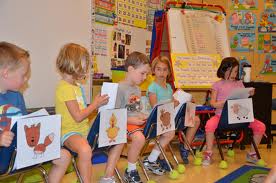
Presenters are key beneficiaries in readers theatre because they learn to tap their own inner resources. They cannot fall back on sets or costumes to convey the playwright’s message. The concept is great in an educational context because participants gain fluency in both their verbal and non-verbal communication. Indeed, it is potentially a multi-faceted educational experience that expands capabilities in reading, speaking, learning, listening and expressing.
It is fascinating to witness how this form of presentation has made its way into American education. It has not just been used in the obvious area of language arts. However, it has also been employed in science, social studies and even math. In mathematics, it has been used as an educational technique with regards to word problems. The power of this form of instruction is being unleashed across many age groups and skill levels. More advanced students may even be asked to write portions of the script that will be read aloud. The best scripts are often those that include lots of dialogue.
Scripts are typically divided into parts, or characters. Parts are then assigned to the students involved. There is no need to memorize lines. Fluency is improved as students repeat their lines several times. In so doing, they may come to understand the meaning behind those words with greater depth. This is encouraged as children are asked to try to read with real expression. In addition to the direct and obvious benefits for students, self-confidence may increase through the experience.
Selection of Scripts
In an educational setting, many types of literature may be used in this form of theater. Poetry, portions of novels, folk stories and short stories may be viable options. Again, scripts with relatively more dialogue may be ideal,mwhile those with long, descriptive passages are not. Some enterprising educators have even used newspaper articles, magazine articles and picture books as source material.
To improve the chances that the audience will be successfully engaged, compelling content should be carefully selected. Because presenters are verbalizing that content, a strong story line should be present. Characters that are interesting and/or humorous may contribute to success. Finally, scripts that offer good plot action and flow at a brisk or steady pace are good choices.
Visual Radio
One person involved in this form of theater summed up the modern impetus behind this from of theatre when she said, “In a day where words assault and offend, such lines are like the lavender-scented breeze. It never ceases to amaze that all of the special effects people seem to hunger for these days cannot measure up to the power of well-chosen words.” Perhaps it is illuminating to note that some have called this form of theatre “visual radio.”
Additional Resources
Explains What Readers Theater Is
Promoting Literacy and Love of Reading through Readers Theatre
Reading Recovery through Readers Theatre
Empowering Teachers with Successful Strategies through Readers Theatre
Readers Theatre Scripts and Plays
Advantages of Readers Theater
Readers Theatre Resources
Readers Theatre Scripts
Strategies for Readers Theatre
A Guide to Readers Theater
Example of 4th graders Readers Theater on “You Tube”
Instructional Strategies for Readers Theater



